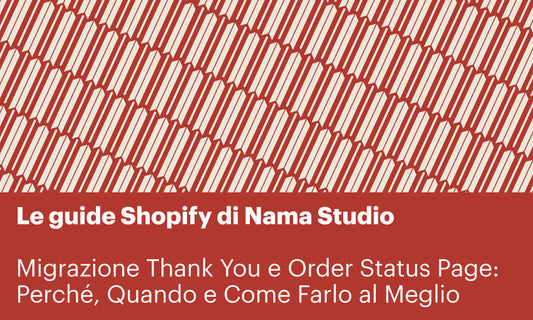Metafields are a versatile and powerful tool for e-commerce businesses using Shopify. They allow you to add custom fields and data to your products, customers, and orders, giving you the ability to store and display additional information that is relevant to your business. Whether you're looking to streamline your store operations, improve your product pages, or enhance your customer experience, metafields can help you achieve your goals.
In this article, we'll explore some real-world examples of how e-commerce stores can leverage metafields to enhance their Shopify stores.
- Improving product pages
- Enhancing customer experience
- Displaying related products
- Streamlining operations
- Creating automated collections
- Segmenting and personalizing
Improving product pages
The product pages that work well are the ones that tell a story and that clearly present the product value to the consumer. Metafields o i metaobjects can be used to enrich product pages with details.
For example, a home goods store could use metafields to store information such as product dimensions and shipping information, which can help customers better understand the size of each item or how long it would take to receive the order; or a pet food store could display product ingredients and benefits through metafields, helping customers find the right product for their pets.
A good example of product page using metafields is Artknit Studios, which we helped migrate to an Online Store 2.0 theme. They use different product metafields to display the product composition, designer notes and some other characteristics like softness of the garment to help customers make an informed purchasing decision.
 Product Page Artknit Studios
Product Page Artknit StudiosEnhancing Customer Experience
Metafields can be used as filters in collection pages, so for example a skin care brand can create a metafield for the skin type, and allow customers to filter products based on their skin problem. The Shopify Search & Discovery app makes this very easy, as it allows you to select metafields to use as filters.
 How to select metafields as filters in the Search & Discovery
How to select metafields as filters in the Search & Discovery
Endelea, for example, uses a list of single line text metafields to assign macro-colors to their products that can then be used as color swatch filter on the collection page.
 Collection filters using macro-colors metafields
Collection filters using macro-colors metafields Displaying related products
Using Search & Discovery you can assign related and complementary products to another product, sometimes you might want to connect a product with another Shopify resource. Using the “product reference” metafield, you could attach a list of recommended products to a blog article.
This is what we did with Bontasana, that has a very rich recipe blog on their e-commerce. Each blog article has a metafield that allows the merchant to select a related product, and then the theme code will display a product card using the reference to the product handle. So if you like the recipe, you can immediately order the type of pasta it is made with.
 Each recipe has a metafield to reference the related product
Each recipe has a metafield to reference the related product
Streamlining Operations
Metafields can also be used to streamline operations, such as tracking inventory levels or managing order processing. For example, I came across a task in Mechanic, our favourite Shopify automation app, that syncs inventory levels to variant metafields. The task runs every time an inventory update occurs on your store, and it copies inventory availability figures to metafields on the related variant. Since it has the possibility to insert various location IDs, it could be helpful for example to display in the front end of tour online store the product availability in your different physical stores for each of the product variants.
Another use case is to use metafields to create automated collections.
Creating automated collections
Also somewhat related to streamlining operations, metafields allow you to create automatic collections from product or variant metafields. This is more flexible and precise than using product tags, as you can differentiate between variants.
When you create the metafield definition, you need to select the checkbox “automated collections” - this can be done for both product and variant metafields.
 Automated collections"checkbox in the metafield definitions
Automated collections"checkbox in the metafield definitionsNow when you create a new collection, the metafields you have made available for automated collections will be available as conditions to create your collection logic.
There are some limitations to this, such as the fact that the activate automated collection settings has a maximum of 128 definition per product metafield definitions and variant metafield definitions, but it is nonetheless a very powerful feature.
Segmenting and Personalizing
Metafields can also be used to segment and personalize your store data. For example, you could gather some additional customer information through metafields (using a form generated by a third party app) and then use these data to segment your customers based on certain criteria, such as their closest store location or how they heard about the brand.
---
In conclusion, metafields are a valuable tool for e-commerce agencies using Shopify, as they allow you to store and display additional information that is relevant to your business. By leveraging metafields, you can improve your product pages, streamline your operations, enhance the customer experience, and personalize your store.
If you would like to discuss how you can optimize your store using metafields, we at Nama Studio are always happy to have a chat. Write to us at info@namastudio.it!




